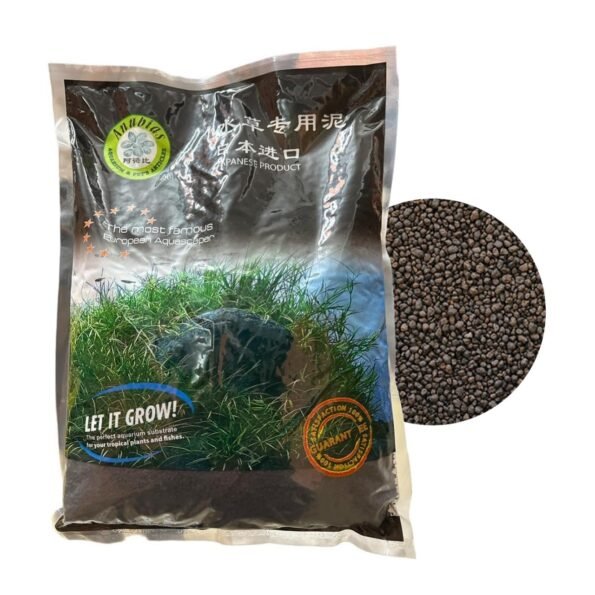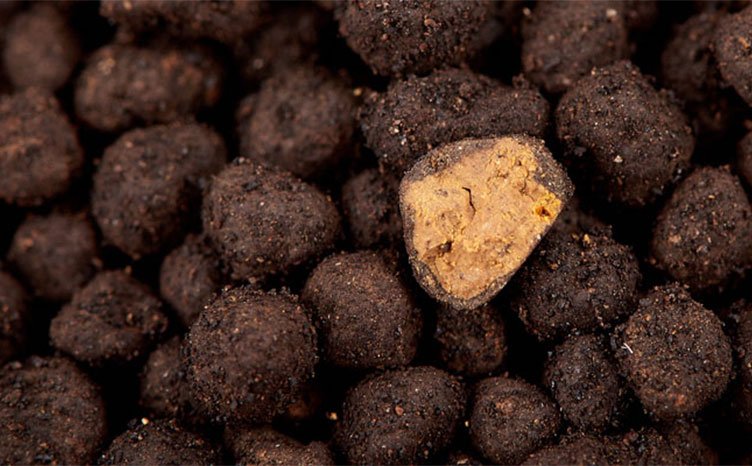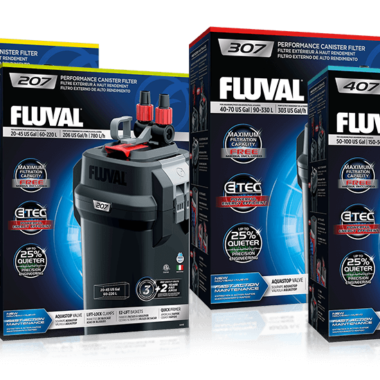Aquarium plant soil for planted aquariums is typically designed to provide nutrients, a stable environment, and optimal conditions for aquatic plants to thrive. Here’s a look at how these soils are made and what they contain:
Raw Material Selection
Clay and Volcanic Ash: Many soils are based on clay, which is rich in minerals. Volcanic ash or pumice is often added for porosity and water retention.
Organic Component*: Organic materials like peat or humus are added for slow-release nutrients, similar to natural aquatic environments.
Mineral Enrichment: Essential nutrients like iron, potassium, and trace minerals are incorporated to support plant growth.

Fluval Soil: Collected from the foothills of Mount Aso volcano, Stratum substrates include a powerful mix of nutrients and minerals to nurture healthy plant growth and water conditions.
Granulation and Shaping
The soil mixture is processed into small granules, which are designed to be uniform for easy planting and root penetration. Some brands create spheres or small pellets that slowly release nutrients over time, preventing sudden nutrient spikes.

Master Soil: Master Soil is a Japanese active substrate intended for planted tanks. Master Soil has more plant nutrients (mainly fulvic and humic acids as well as minerals) and naturally regulates the parameters of the water in the aquarium by lowering the value of the pH, GH and KH parameters
Baking and Hardening
Granules are often baked at high temperatures to create a stable structure. This hardening process makes the soil porous and long-lasting, and it helps retain its shape underwater. Baking also reduces the release of organic compounds too quickly, so the nutrients are released slowly over time, preventing water cloudiness.

Anubias Soil: Anubias-planted aquarium soil is rich in essential nutrients that support the robust growth of aquatic plants. The soil’s composition is specifically formulated to release nutrients slowly, ensuring a consistent supply over time. This quality prevents nutrient deficiencies and fosters a vibrant, lush aquascape. Additionally, the soil provides excellent root anchorage, which is vital for the stability of plants like Anubias that require secure rooting.
Nutrient Coating
Some soils have an additional nutrient coating that enhances the gradual release of nutrients. Coatings can contain beneficial bacteria and mycorrhizal fungi to help plants establish roots more effectively.

MUYU AMAZON SOIL: This substrate will buffer and maintain your pH and KH, thus creating an ideal environment for tropical fish and aquatic plants. It won’t crumble and it won’t turn into mud. But most importantly it won’t turn your tank cloudy like Fluorite does. It’s not potted soil… It’s aqua soil.
pH Buffering and Chemical Stability
Plant soils are usually designed to buffer the water pH slightly, often maintaining it in a slightly acidic range ideal for plant roots. Some soils include carbonate to prevent sudden pH changes, while others are specially formulated to ensure minimal impact on water chemistry.
Packaging and Sealing
The finished soil is packaged in airtight bags to preserve moisture and ensure the soil doesn’t dry out, as some products contain moisture-dependent beneficial bacteria. Each soil brand might have its unique formula or nutrient profile, so aquarists often choose based on the needs of their particular plants and setup.
You can also check other soil brands available on Amazon. in
For our work check our website











